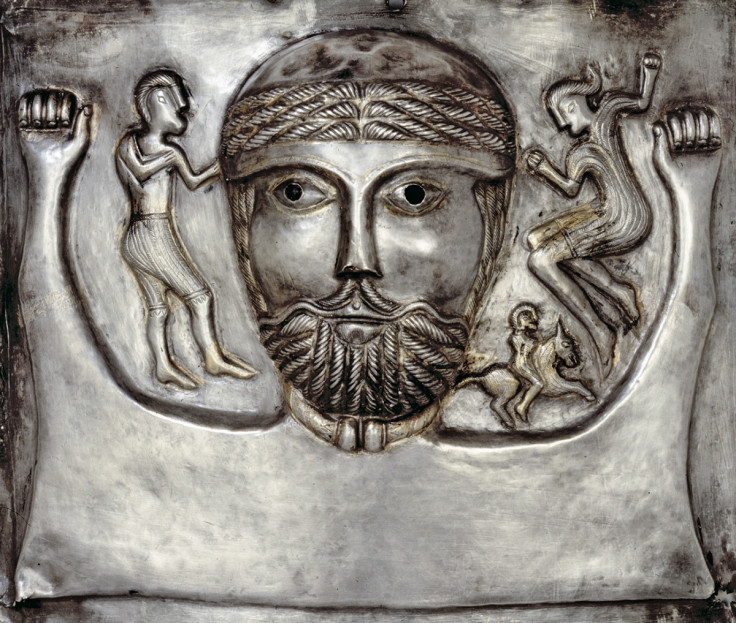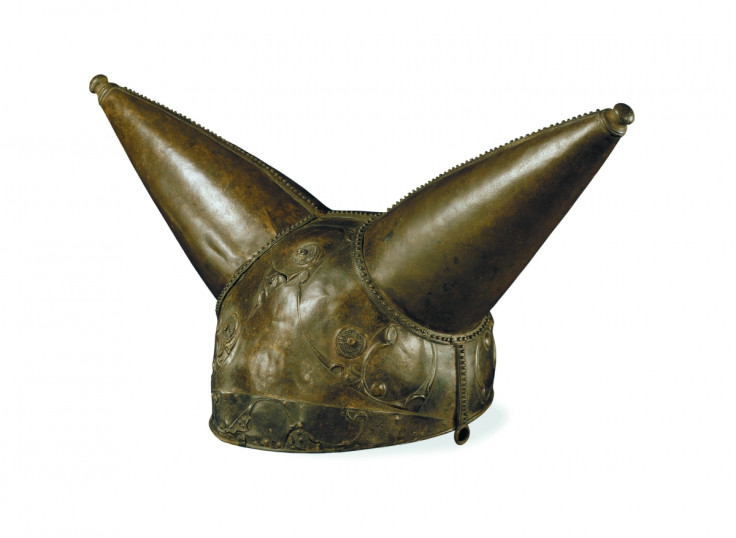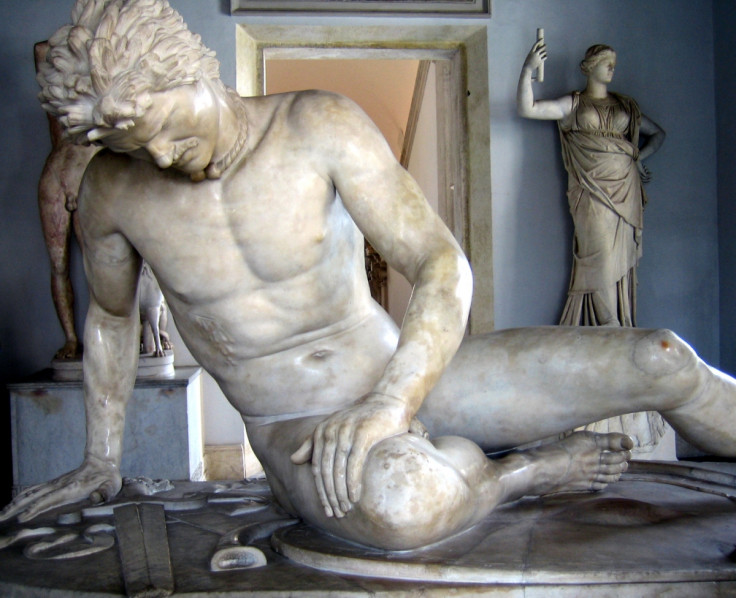The ancient Celts: Bloodthirsty naked warriors or lovers of fine arts?

Celts: Art And Identity at the British Museum is the first major UK exhibition in 40 years to tell the story of the Celts. So who were they really? Neil MacGregor, director of the British Museum, said: "New research is challenging our preconception of the Celts as a single people, revealing the complex story of how this name has been used and appropriated over the last 2,500 years.
"While the Celts are not a distinct race or genetic group that can be traced through time, the word 'Celtic' still resonates powerfully today, all the more so because it has been continually redefined to echo contemporary concerns over politics, religion and identity."
The first mention of the Celts in texts was around 2,500 years ago. There is evidence that they were spread out across a huge area of continental Europe – as far east as Turkey and also were hired as mercenaries for Cleopatra, Queen of Egypt.
"We want to challenge some preconceptions," says British Museum curator Dr Julia Farley. "We are expecting a lot of people will come with the idea that Celts were a people who marauded across Europe and got somehow stuck in Scotland and Ireland and remained there until the present day."
One of the myths about Celtic warriors is that they went into battle completely naked. Some ancient sources do propagate this unforgettable image, such as the Greek historian Polybius (200-118 BC).
"Very terrifying too were the appearance and the gestures of the naked warriors in front, all in the prime of life, and finely built men, and all in the leading companies richly adorned with gold torques and armlets," he wrote in an account of a battle the Celts fought against the Romans.

The Celts were described by classical sources as "fanatically fond of warfare". The writer Dionysius noted that their "manner of fighting, being in large measure that of wild beasts and frenzied, was an erratic procedure, quite lacking in military science. Thus, at one moment they would raise their swords aloft and smite after the manner of wild boars, throwing the whole weight of their bodies into the blow, like hewers of wood or men digging with mattocks, and again they would deliver crosswise blows aimed at no target, as if they intended to cut to pieces the entire bodies of their adversaries, protective armour and all".
The role of women
According to Dr Farley, dealing with gender roles in prehistory is difficult. "There are accounts of female leaders like Cartimandua, and Boudica, the latter described riding into battle against the Romans in the first century AD (though strictly speaking the Romans would have called these women Britons, not Celts). This is not enough evidence by itself to give us much of a window into the lives of these ancient women.
"For that, we have to turn to archaeology, and even here if we want to investigate gender then strictly speaking we are largely limited to burial evidence. Grave goods buried with women strongly suggest that women could and did hold positions of high status in their communities. In some places there seem to be particular roles a woman was more likely to hold. For example, the inclusion of exotic imported tableware in female graves in France and south western Germany suggests that powerful women may have hosted important feasts.
"There are a handful of warrior burials (graves containing a sword, spear, shield, helmet, or some combination of these things) from Iron Age western Europe that may be biologically female (interestingly, female warrior burials are far more common in Eastern Europe). The vast majority, however, are male. This does not have to mean that women did not generally fight, but it certainly suggests that 'badass warrior queen' was not generally considered an appropriate way to remember your female kin in death. Women may nevertheless have been involved in violence. Analysis of female skeletons from Iron Age Dorset shows healed sword wounds."
One of the exhibits in the Celts: Art And Identity show at the British Museum is the horned Waterloo Helmet, found near Waterloo Bridge in the River Thames, which has set the stereotype of the ferocious Celtic warrior in people's minds. However, it is a unique survival relic and was unlikely to have been used in battle, rather it was probably a form of headdress used for ceremonial rather than military wear.

Their reputation as sadistic warriors who decapitated their enemies is borne out by some observers, including Diodorus Siculus who said: "They cut off the heads of enemies slain in battle and attach them to the necks of their horses. The blood-stained spoils they hand over to their attendants."
Information about the Druids, one of the most intriguing aspects of Celtic culture, comes from Julius Caesar in his eye-witness accounts in the Gallic Wars. He believed that the headquarters of the Druids was in Britain, on the Island of Anglesey (Mona) in the Irish Sea, and by taking over their stronghold, half the victory in Britain would be attained.
Human sacrifice was said to be one the duties of the Druids. According to Caesar: "The whole nation of the Gauls [Celts] is greatly devoted to ritual observances, and for that reason those who are smitten with the more grievous maladies and who are engaged in the perils of battle either sacrifice human victims or vow so to do, employing the druids as ministers for such sacrifices."
The British Museum exhibition, which runs until 31 January 2016, reveals how Celtic art has influenced modern culture. "We wanted to finish on that idea of what 'Celtic' means now," says Dr Farley, "and show that what started as a local story is now a global one.
"Increasingly, science is revealing the use of complex techniques such as mercury gilding, which place the technological accomplishments of the Iron Age peoples of Britain and Europe on a par with those of the Greek and Roman world."
© Copyright IBTimes 2024. All rights reserved.







